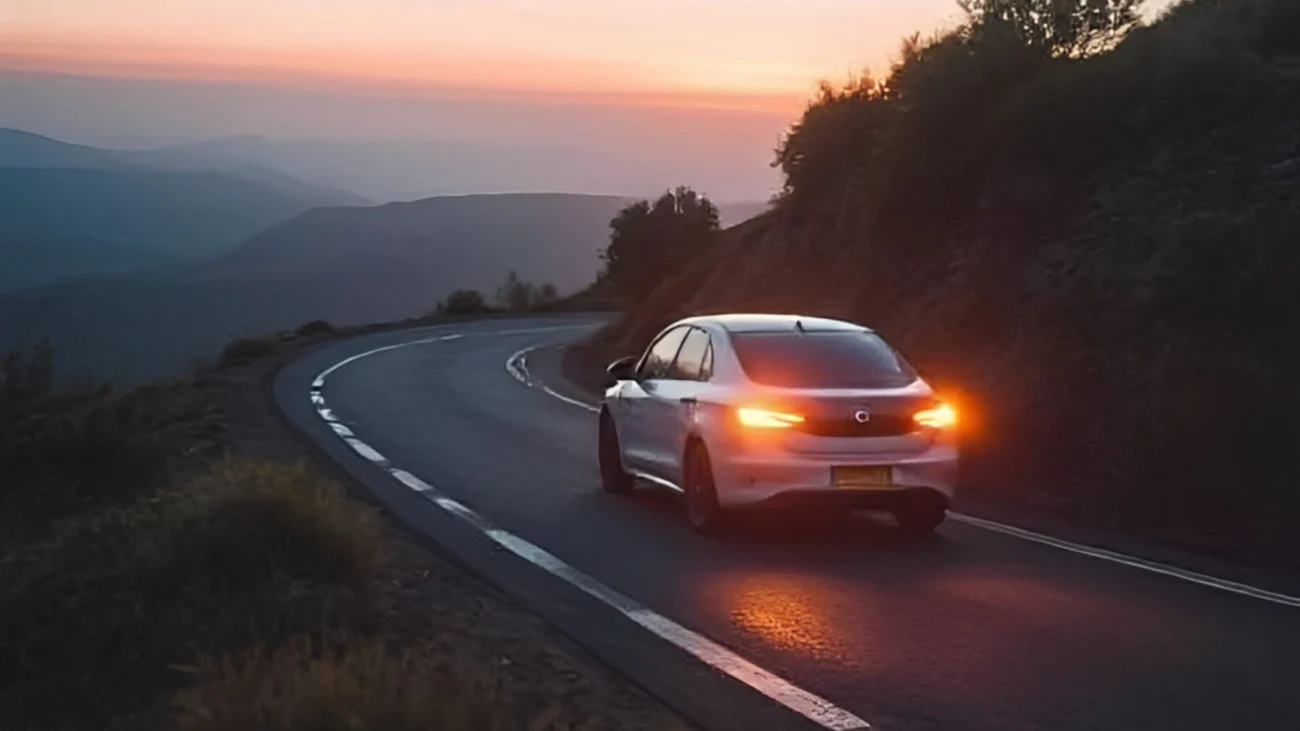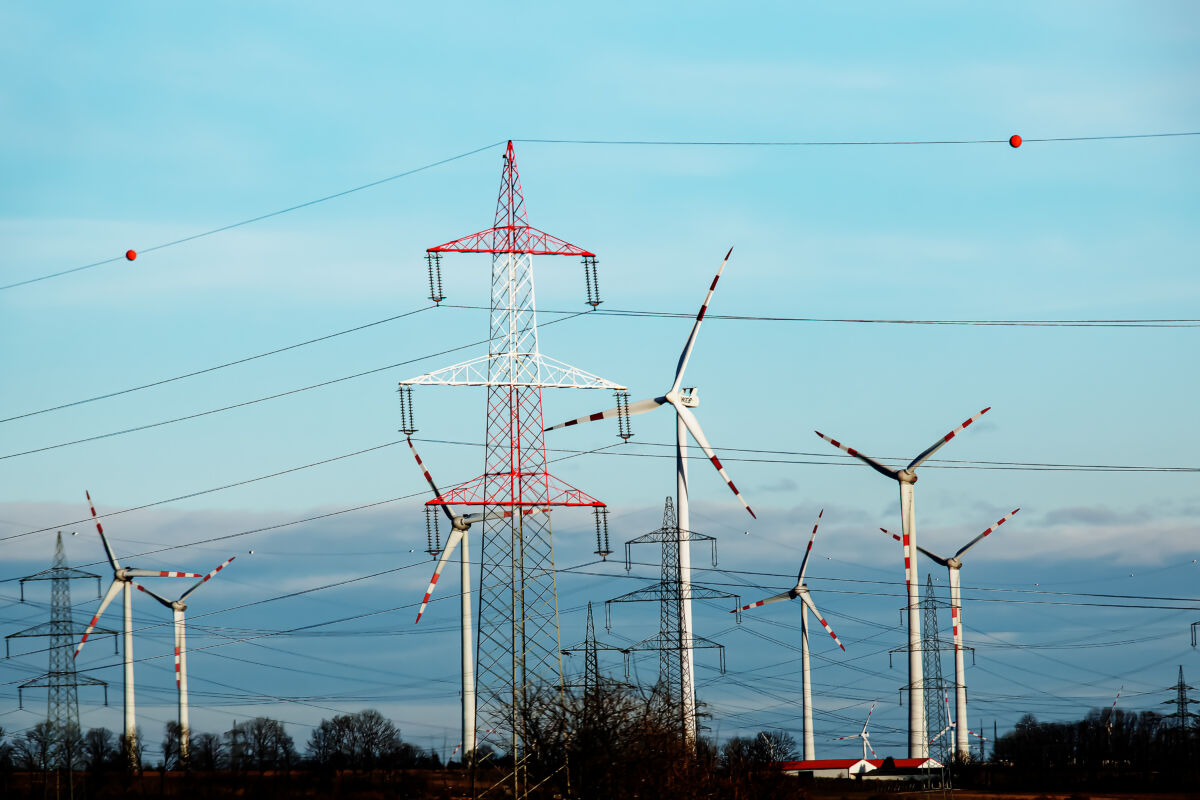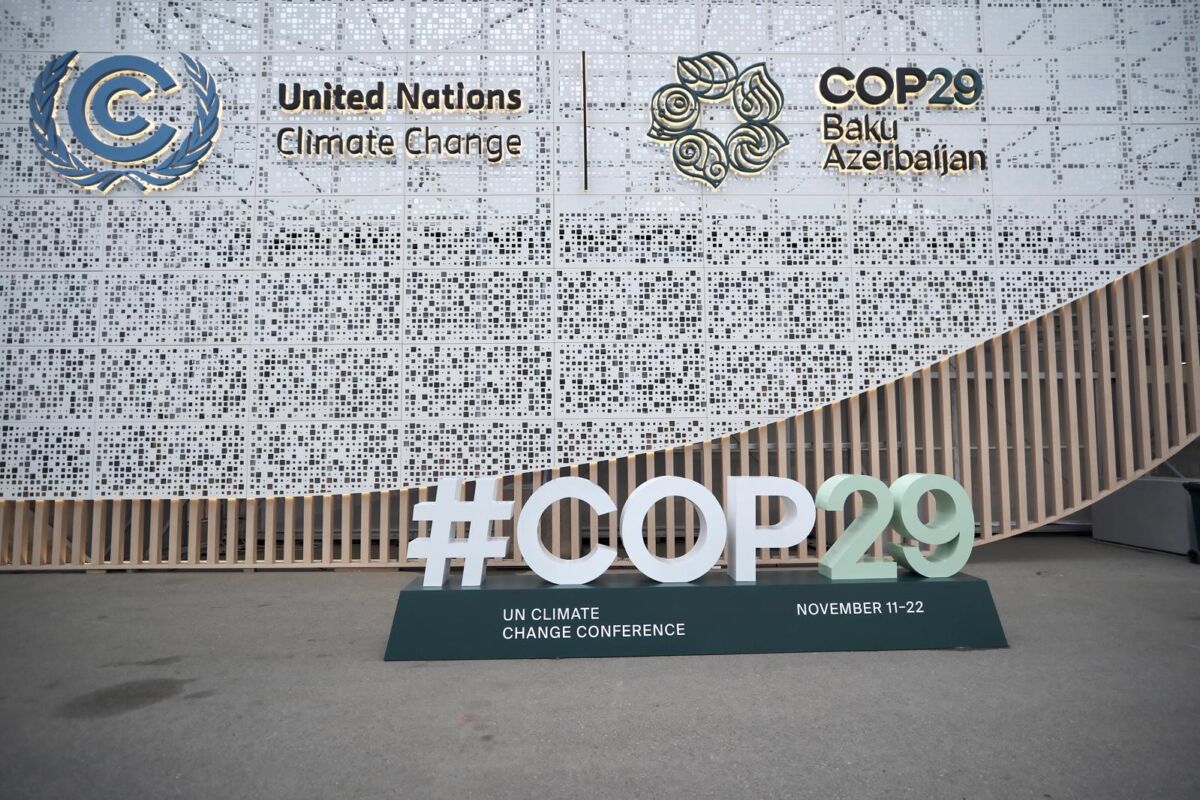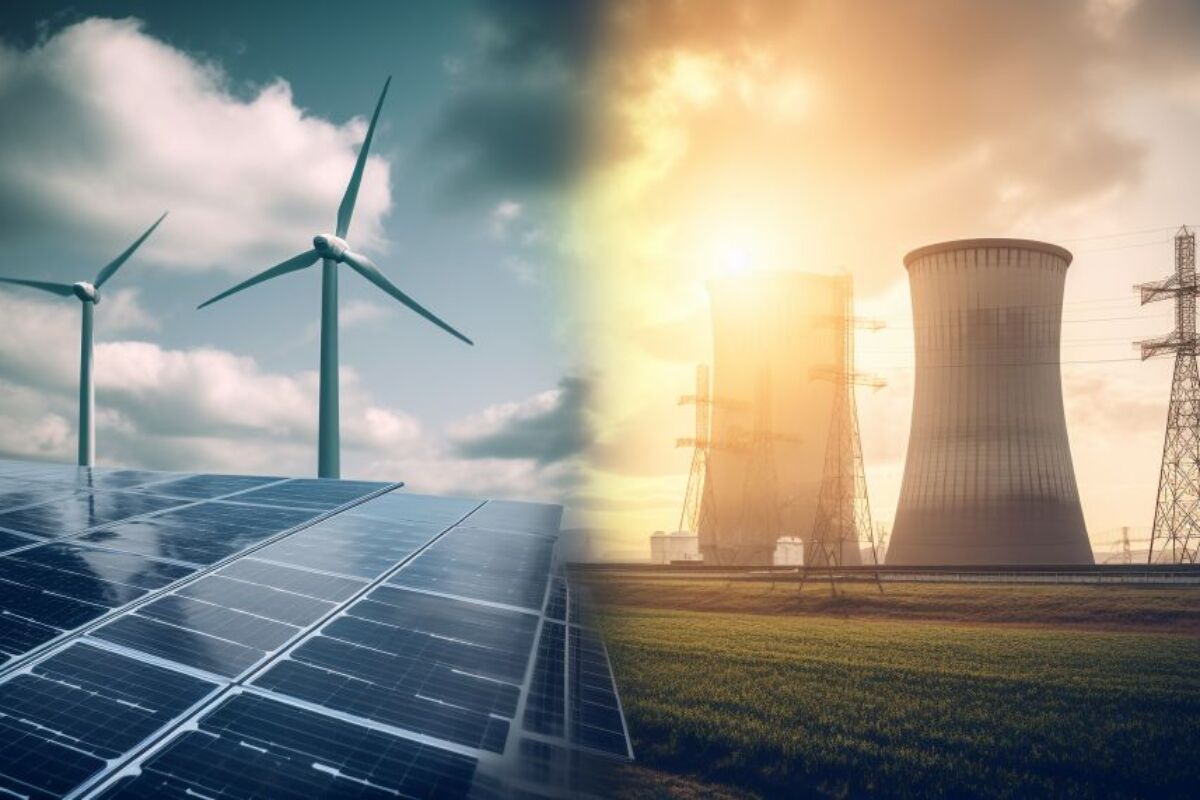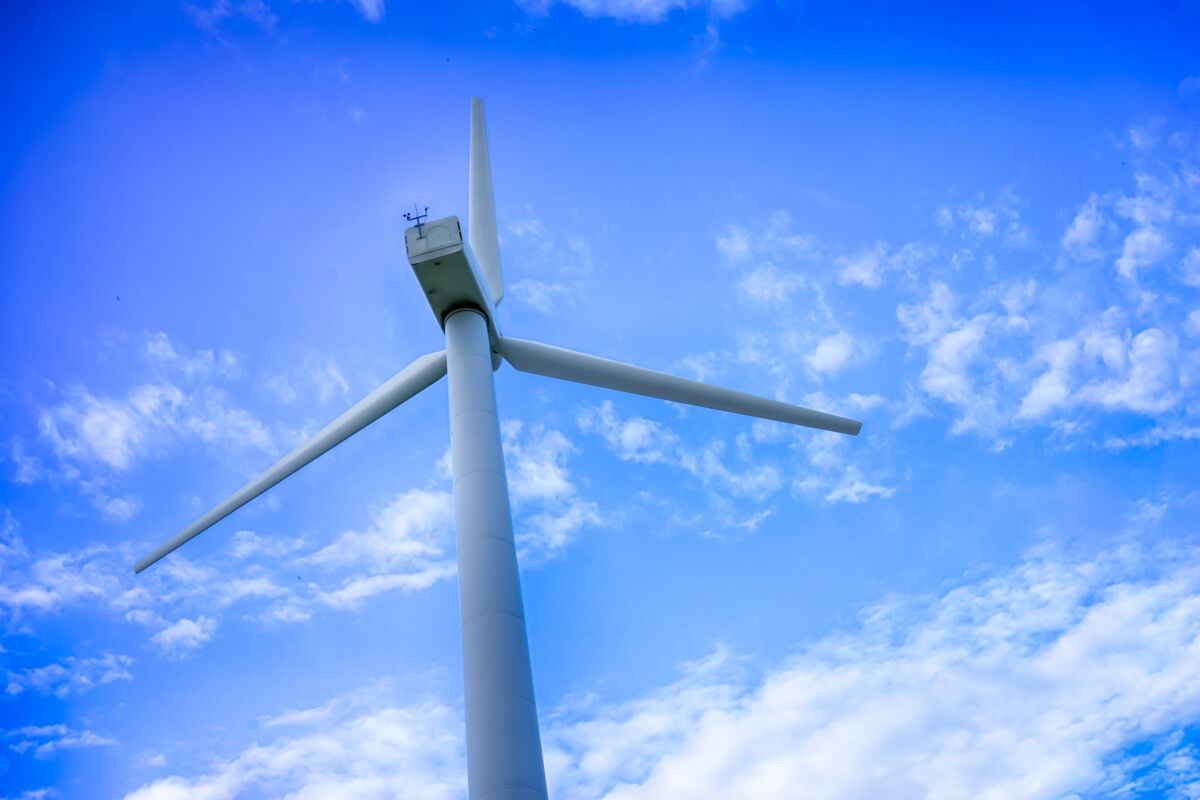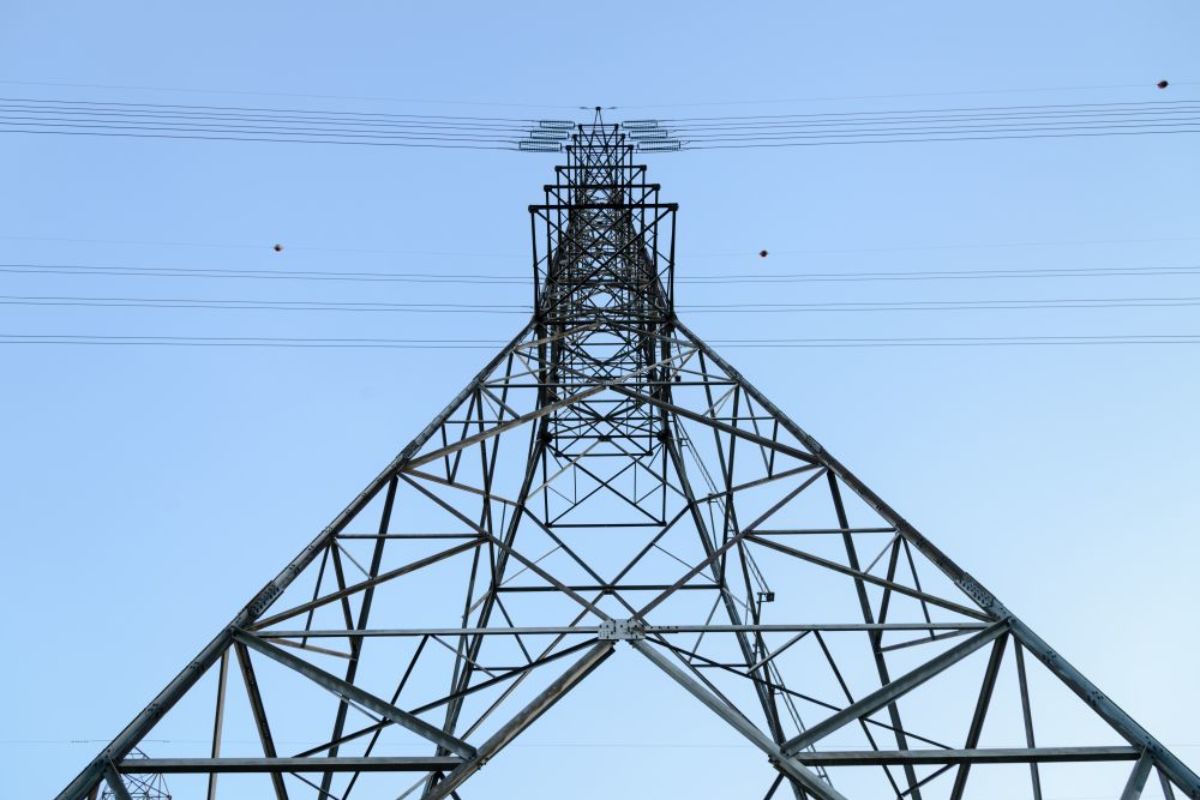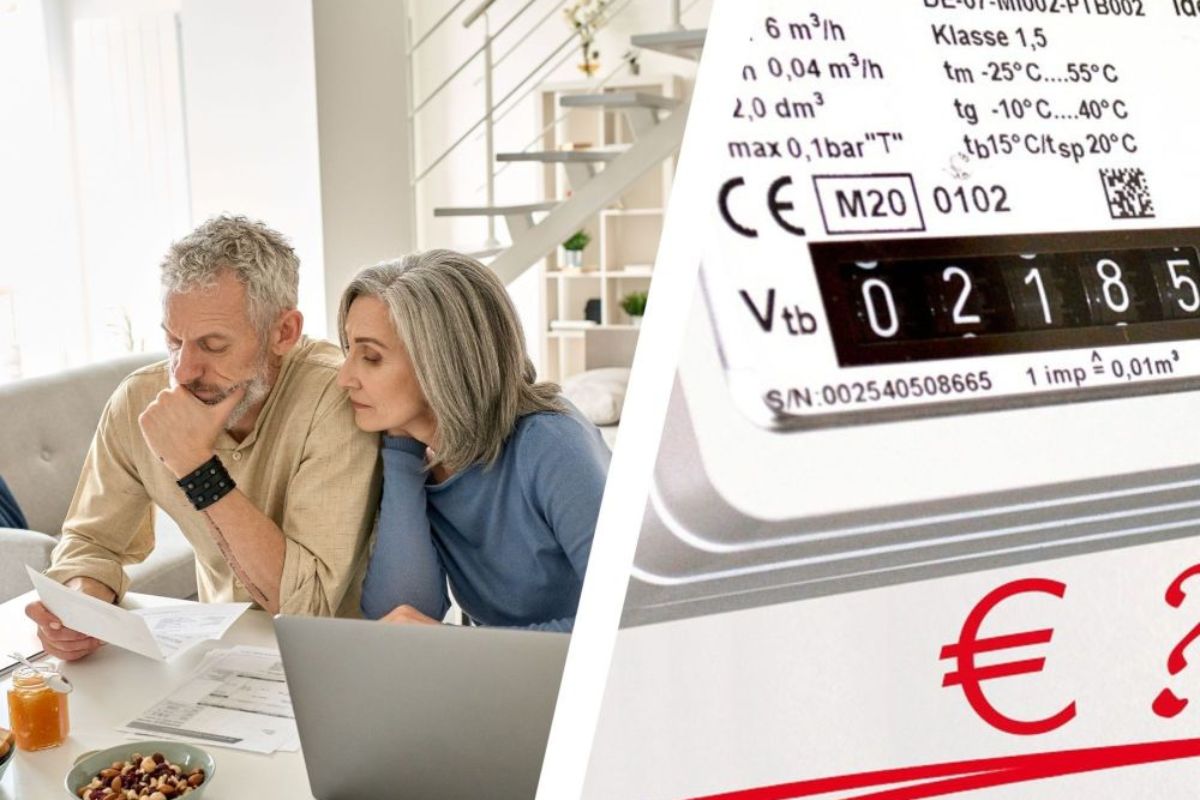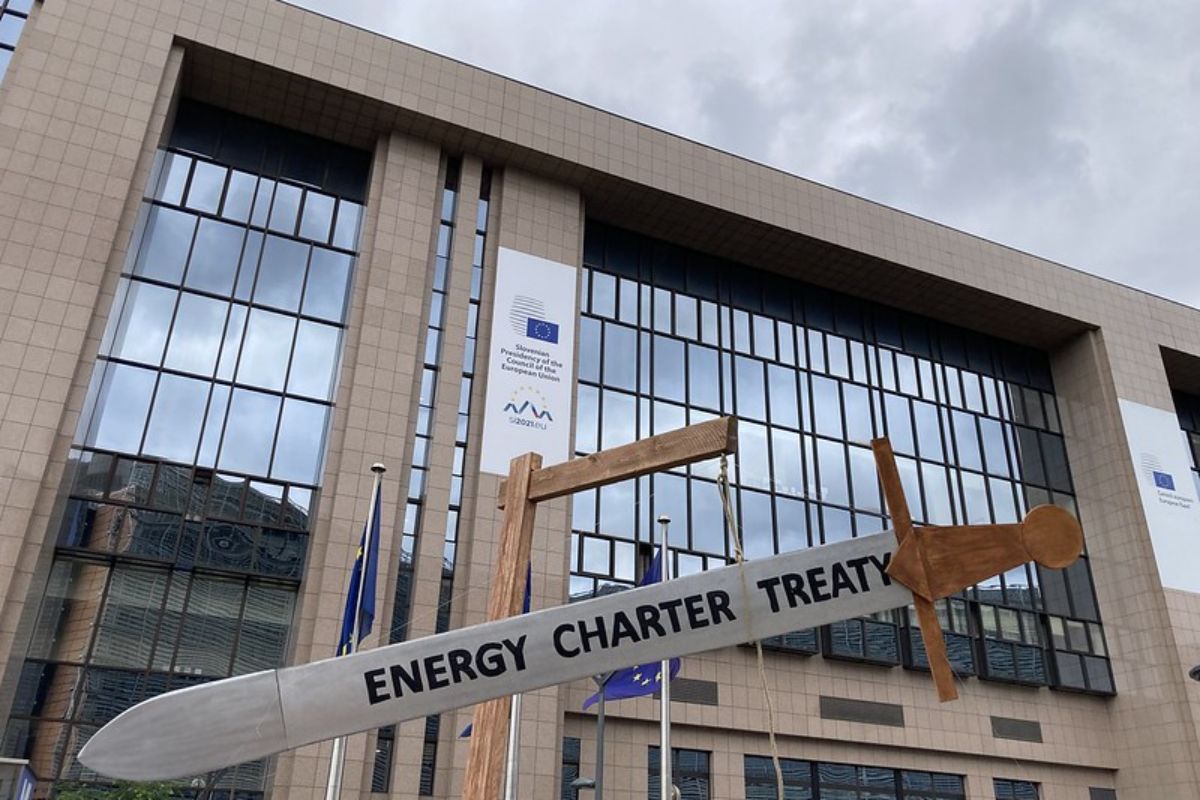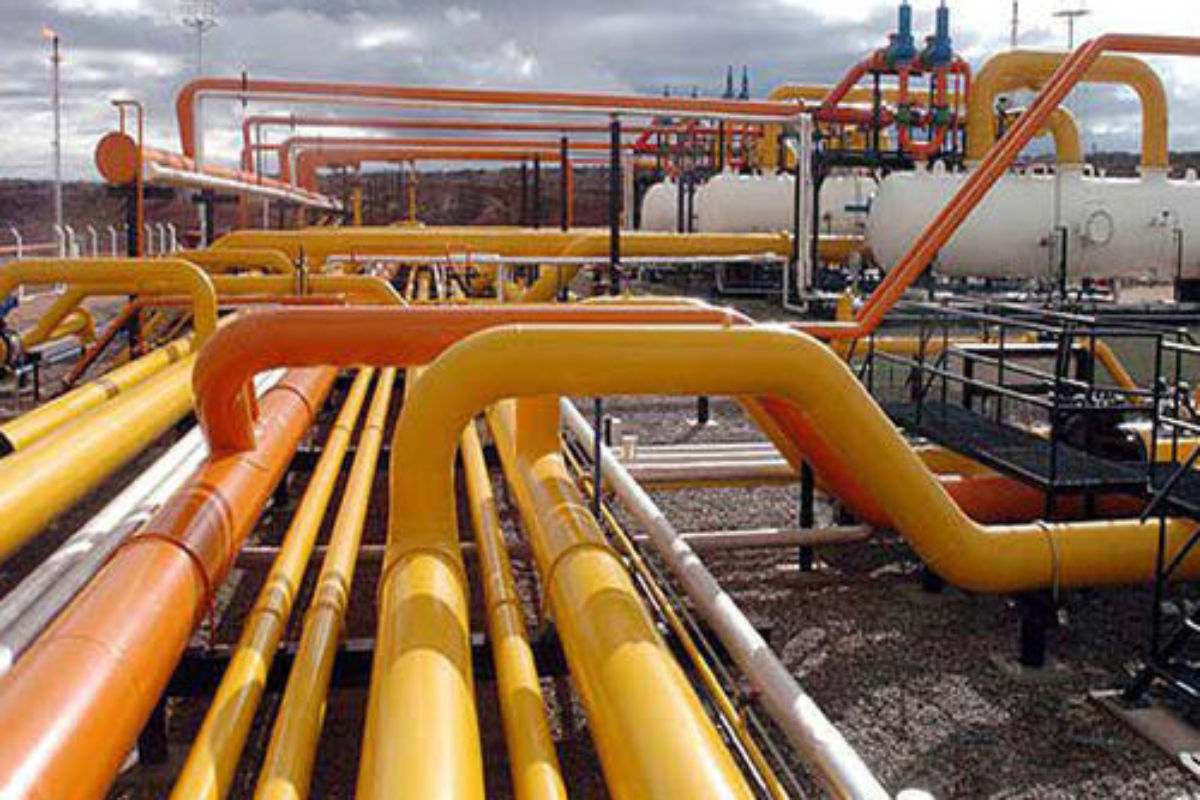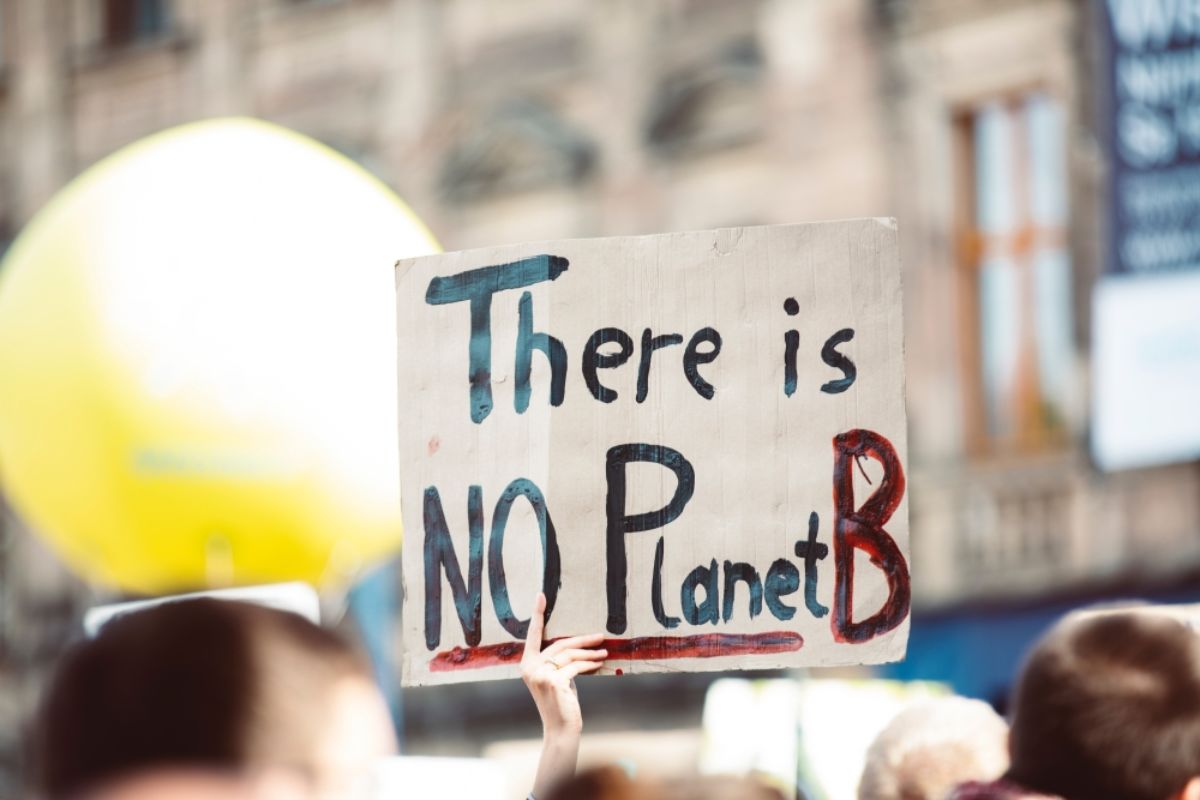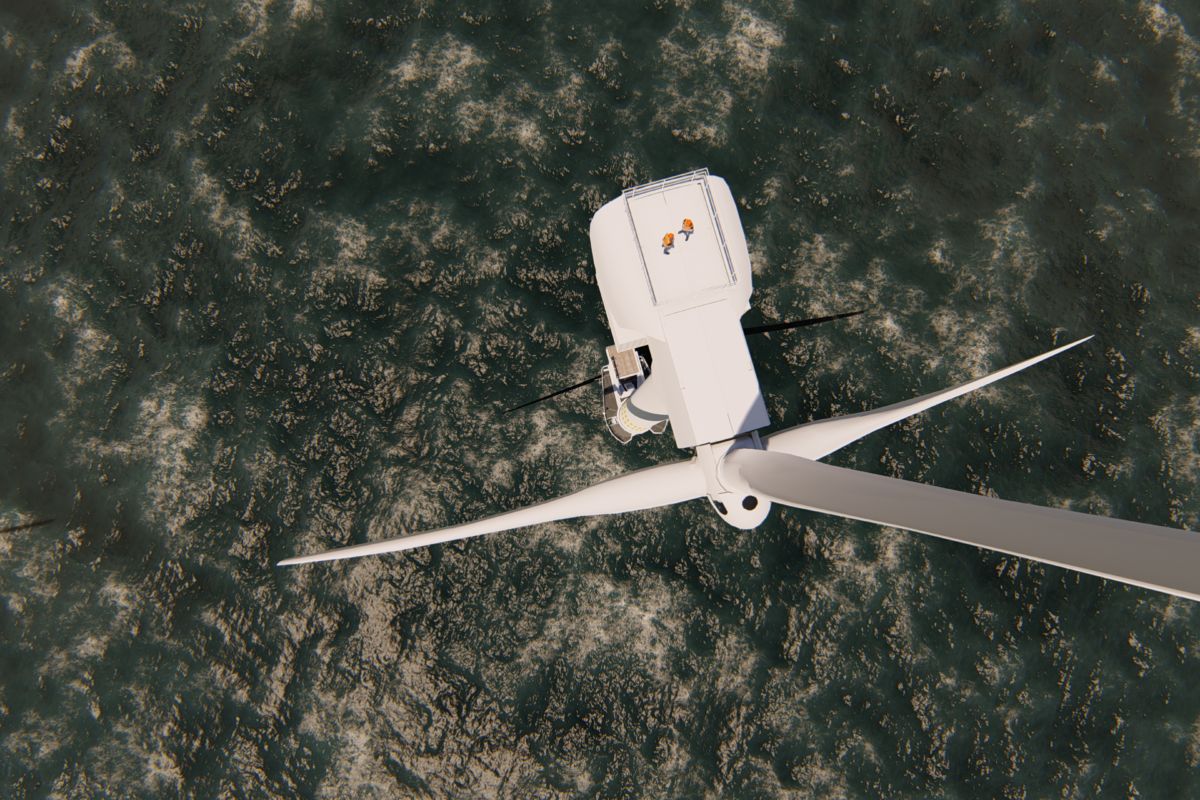The EU’s efforts to become climate neutral by 2050 can feel abstract, measured in intangible emissions and wrapped up in technical jargon. Yet on Europe’s streets, the transition is already visible in a growing number of electric vehicles (EVs) and charging stations.
But decarbonising the EU’s transport sector is about more than bringing EVs onto the streets to achieve climate targets. It’s become a question of European competitiveness, jobs, skills, affordability – and much more. As the EV transition arrives at a critical juncture, one central question is emerging: can the EU have its cake, eat it, but also bake it in Europe?
Having the cake – or reaching climate goals
For passenger cars and vans, battery electric vehicles (BEVs) are leading the shift towards low-carbon mobility. However, lower registration rates in 2024 compared to the previous year triggered some concerns about supposedly wobbling demand. While numbers have picked up again, the mountain to climb remains steep.
Aligning with ‘Fit for 55’ policies requires a sharp rise in uptake, from around 1.5 million BEVs in 2024 to over 6 million in 2030, according to some scenarios. To stay on track, consumers would need to spend some EUR 66-95 billion more in 2025 compared to 2024. This is a big leap of faith for consumers still spooked by the recent inflation shock, even as real wages have begun to recover.
And the challenges go even deeper. The EV transition isn’t just about adding an ‘E’ to number plates. It means shifting costs and revenues, redefining jobs, skills and entire supply chains, alongside new dynamics such as the rise of the software-defined vehicle – all of which will ultimately determine how much economic value (‘value added’) is created and retained in Europe.
The transition also isn’t happening in a vacuum. As shown by the Global EV Outlook, European manufacturers’ share of the EV market decreased from over 80 % in 2015 to 60 % in 2023, while Chinese producers increased theirs to 15 % (from 5 % in 2015).
The stakes could hardly be higher, especially following recent large-scale layoffs in the car industry, particularly in Germany.
Eating the cake – or making EVs affordable
Prices remain a major barrier. According to surveys, EU consumers are willing to pay around EUR 20 000 for a BEV. Yet our scenarios suggest that around EUR 45 000 is the minimum price for European compact-class BEVs to maintain current cost structures and gradually substitute declining revenues from combustion vehicles.
Although the cost gap is expected to narrow, the timing remains uncertain and will depend on many factors, including supply chain dynamics, innovation and pricing structures along the value chain (Volkswagen’s plans for small, more affordable BEV models, coming in 2026 and 2027, show progress but broader cost reductions are still essential for bringing competitive EU models across segments to market).
For now, some cheaper alternatives already exist but they’re not – at least not yet – rolling out of European factories, resulting in a gap that Europe must close if it’s to reap the benefits of the transition.
Baking the cake in Europe – or preserving value added
This points to yet another dimension of the EV transition: European value added. For combustion vehicles, Europe retains 85-90 % of the value of each vehicle produced and sold in the EU. For BEVs, the figure falls to 70-75 %.
The main reason: batteries.
The EU’s battery supply chain remains underdeveloped, even though batteries are likely to remain central to both costs and value added. In 2020, batteries accounted for around 40 % of the direct costs of a compact-class BEV, and while this share is expected to fall, some projections suggest they could still make up around 30 % in 2030.
Alas, challenges for the EU battery industry persist. European battery prices remain roughly 20 % higher than China’s and meeting EU demand with domestic production could require up to EUR 380 billion in investment by 2030. On the ground, more than half of previously announced investments were at risk of delay or cancellation in 2024.
Recognising this, the European Commission has unveiled a Battery Booster Package to scale up production, with local content requirements (i.e. rules mandating that a certain share of materials or components be sourced from within the EU) also being considered.
Scaling up European battery production is clearly justified if the EU wants to preserve value added during the transition. But the cost implications and their potential impact on prices and uptake mean local content rules need to be introduced with care. Blanket requirements risk addressing EU value-added concerns but could trigger cost increases, driving up prices and slowing adoption. That’s why a nuanced approach could be worth exploring. One option could be to identify market segments that can better absorb higher costs without derailing the overall transition.
So… what’s the way forward?
One path is to prioritise affordability by relying on cheaper – currently likely foreign – BEVs. This route supports climate targets but risks leaving much of the value and jobs outside Europe. Another approach is to double down on local content requirements, which could support retaining value added and employment but also lead to higher costs, slower uptake and, ultimately, missed climate targets. It goes without saying that neither option is particularly attractive.
The challenge for EU policymakers is to find a ‘third way’ that safeguards European competitiveness and jobs while making BEVs affordable enough to sustain the transition.
Given that European BEVs remain more expensive than combustion cars, targeted demand support – such as social leasing or purchase subsidies – will likely be needed in the short term.
At the same time, supply-side measures should support scaling-up battery production, strengthening innovation and securing access to critical raw materials. This is because the transition requires not only bridging demand gaps but also mobilising EU financing instruments to de-risk investments and accelerate industrial deployment and scale-up.
Done right, Europe can indeed have its cake and eat it – climate ambition, competitive industries and good jobs to boot.
Done wrong, it risks hollowing out its value chains or missing climate targets due to the cake being only half-baked… or baked somewhere else entirely.
Click here to read the full report that this Expert Commentary is based on.

